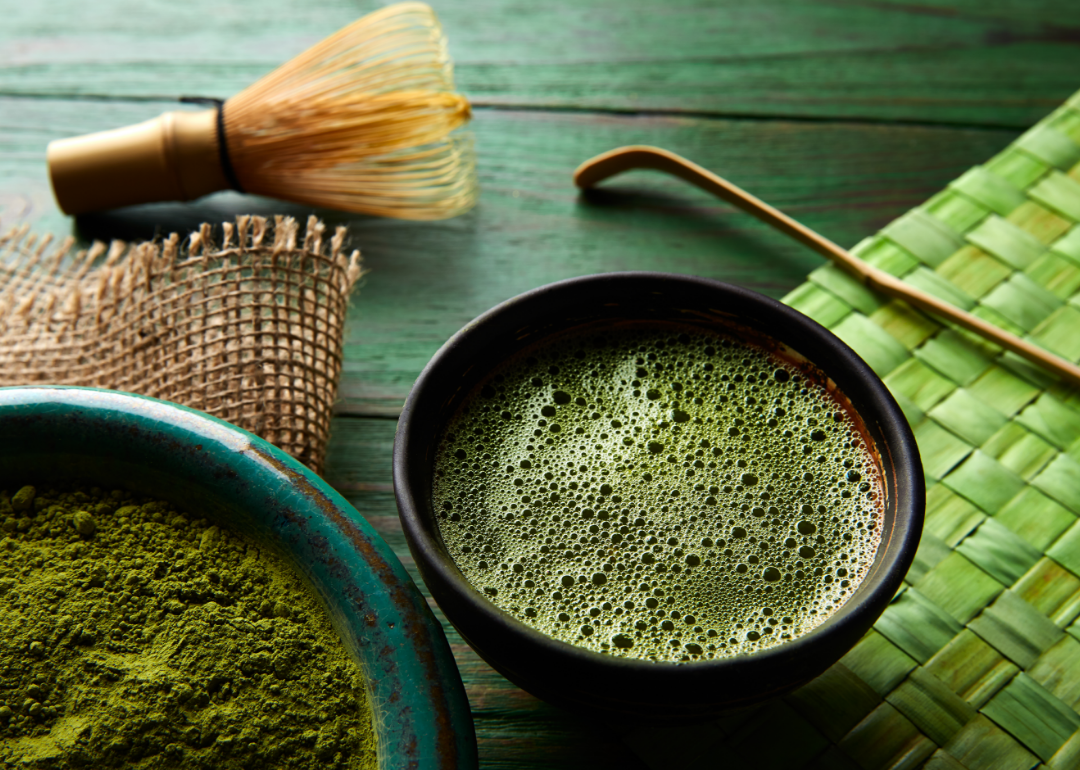
15 food fads and their origin stories
Food trends are usually a luxury. Often, they stem from something perceived as foreign, innovative, or revitalized. However, it is equally important to acknowledge the places and people who consider these fads familiar.
Take matcha, for example. Although fairly commonplace in its home country of Japan, the bright green tea skyrocketed in popularity and dominated social media feeds in 2025—so much so, in fact, that a matcha shortage is on the horizon as producers struggle to meet the accelerated demand. In terms of other recent food trends, matcha is followed closely by another colorful ingredient: ube. A staple in Filipino cooking, this purple tuber can be found in everything from craft cocktails to waffle mix in 2025.
Matcha and ube are just the start—much of what Americans enjoy today came because of trade with other countries, colonization, and the emigration of people into the United States—even our ubiquitous black pepper. Now one of the world's most commonly used spices, pepper is indigenous to Kerala, a southwestern province of India. Pepper may have once been a luxurious and expensive fad, but to the people who sourced the product, it was simply a fruit growing in their backyards. Locals knew of its value before it was popularized in the West. Pepper may not be considered a marvel because of where it came from. But its origin story in global trade is central to the fact that you can use it today, regardless of where you are.
These geopolitical and economic histories, combined with people's interests—always in flux—result in an incredible array of food trends that seem to take over social media feeds and bank accounts everywhere.
Unsurprisingly, many origin stories are complex and originate in multiple countries or cultures. But one thing is for sure: Wherever people travel, food follows.
Stacker looked at 15 food trends today and delved into their path to fame. Fads were chosen based on coverage in food publications, as well as dishes that appear frequently on Pinterest and in search engine results.
Underneath the trendy label and, sometimes, the high price tag, these foods have their own stories. Read on to discover the origins of your turmeric lattes, matcha protein powder, and black rice bowls.
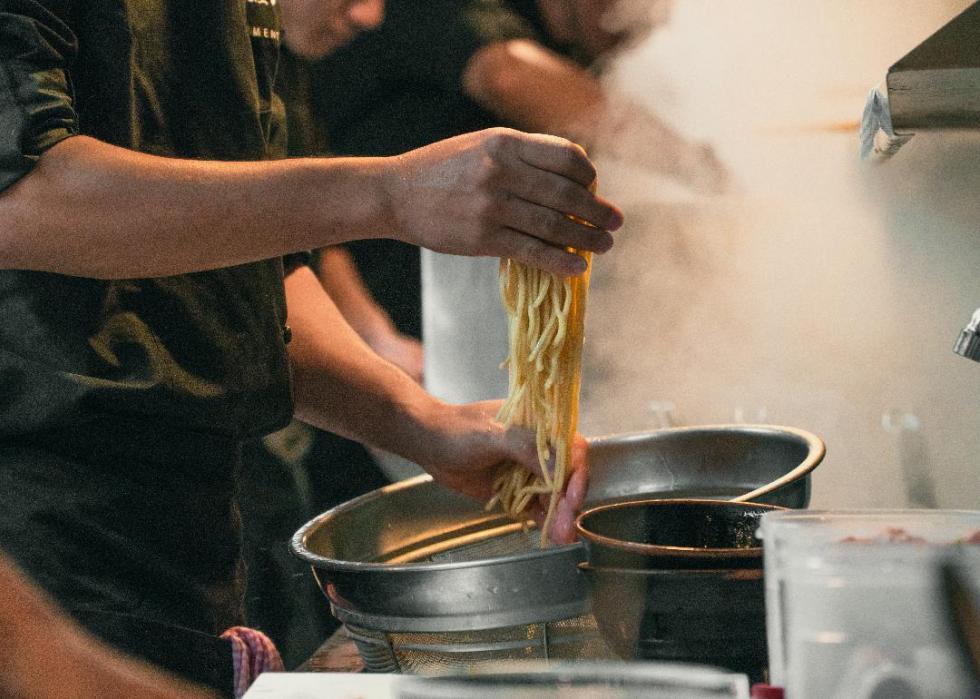
Ramen
Ramen has a bit of a contested history. The popular noodle dish has roots in China and Japan and dates back to the 17th century, according to George Solt, author of "The Untold History of Ramen." Previously called Shina Soba, or China noodle dish, the famous Japanese version is thought to have originated in China. The dish gradually gained popularity and became a national staple for the working people of Japan. Instant ramen was introduced in the late 1950s.
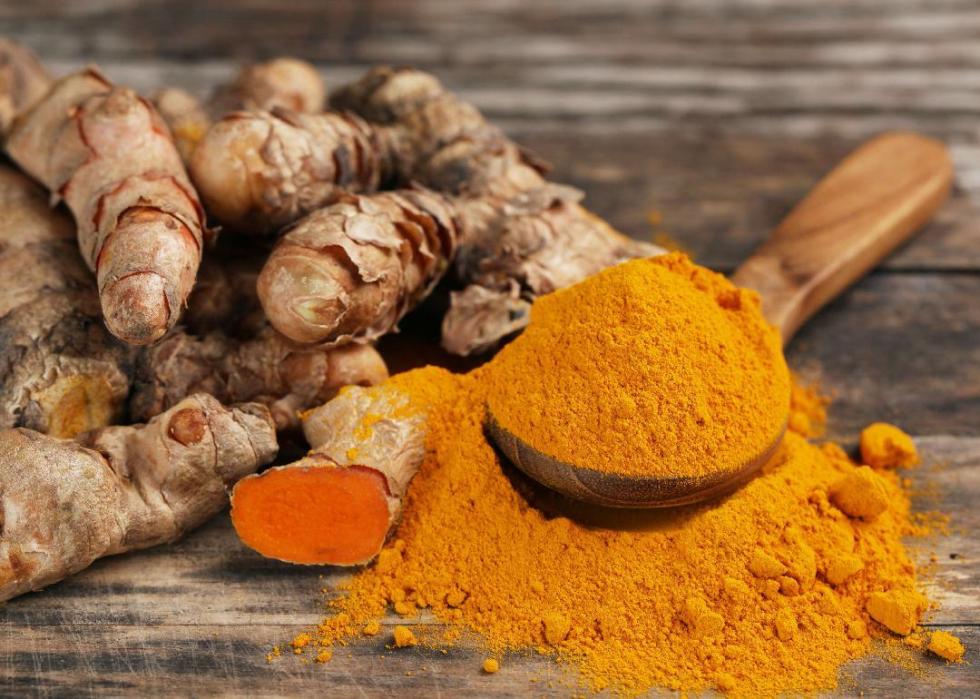
Turmeric
This deep yellow spice has been used for its nutritional value and in Ayurvedic medicine in India since 2500 BCE. Turmeric also holds sacred value in the Hindu religion and is commonly used in festivals and weddings as a purifying and auspicious agent. Turmeric has anti-inflammatory properties, is rich in antioxidants, and can help prevent heart disease. It's no wonder people want to add this splash of yellow in everything they consume—especially in turmeric lattes found in your local hipster coffee shop.
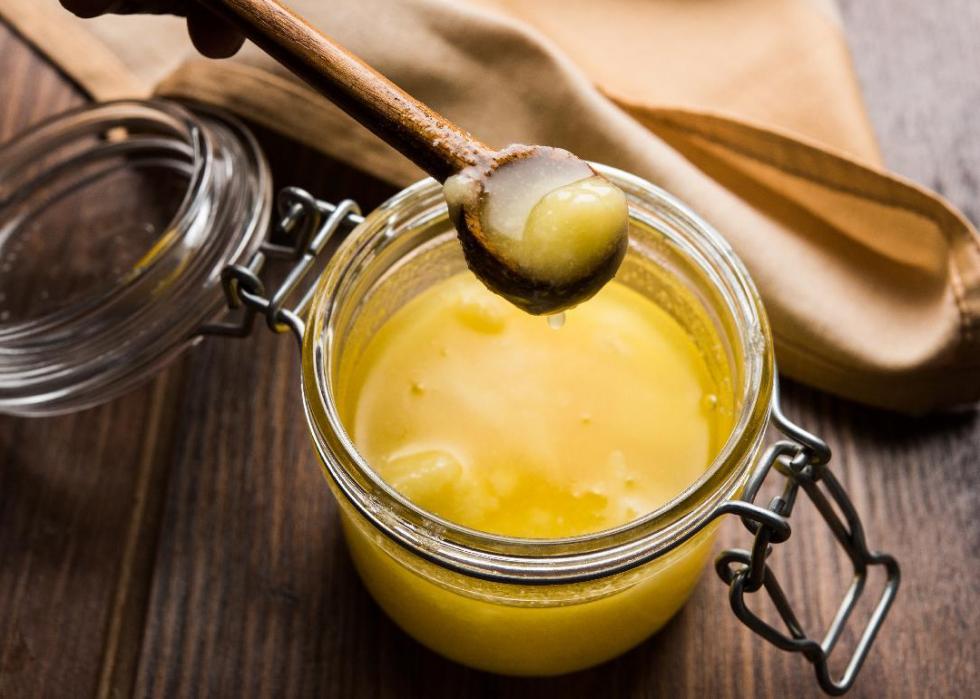
Ghee
Historically used to heat homes, cook food, and heal wounds, ghee is clarified butter that originates from India. It's been most commonly used by South Asian and Middle Eastern cultures. Ghee is a product of heated butter; in other words, butter is melted and allowed to separate into curd and clear butterfat. The butterfat is what becomes ghee and is free from lactose and polyunsaturated fats. Ghee has been mentioned in religious texts, like the Bhagavad Gita, and other ancient religious writings. Its use in South Asian societies precedes people's recent fascination with eating ghee or even putting it in their eyes in America.
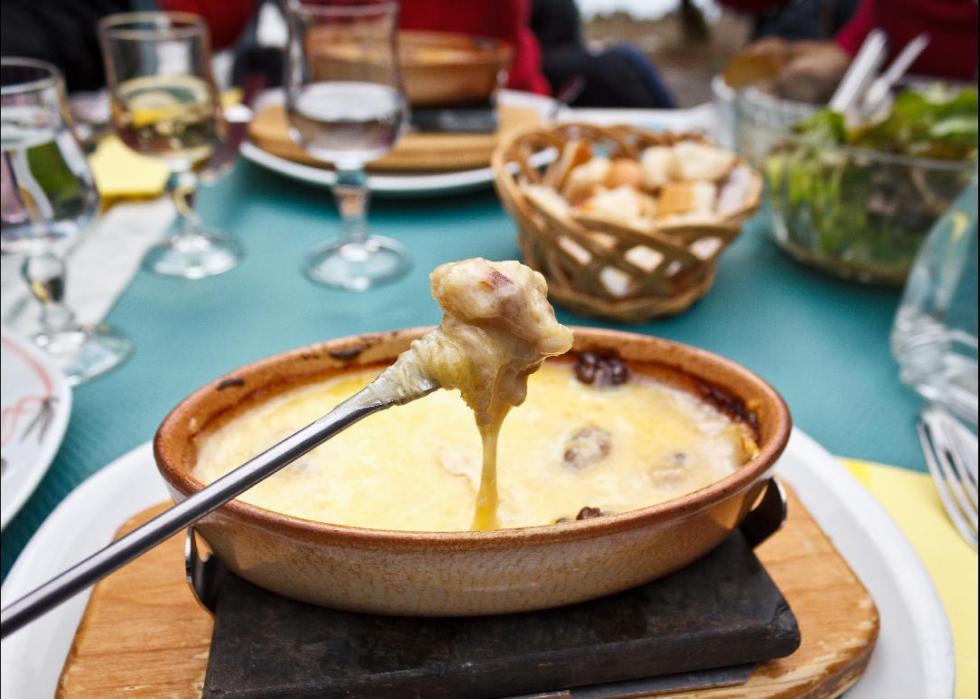
Cheese fondue
We have Switzerland to thank every time we indulge in fondue. Actually, the lush food choice started as a convenient way for families to salvage leftovers such as stale bread and bits of cheese during the winter. By melting the cheese, along with some herbs and wine, into a pot, the Swiss softened their hard bread in a clever and economical solution. Today, the dish has become popular around the world.
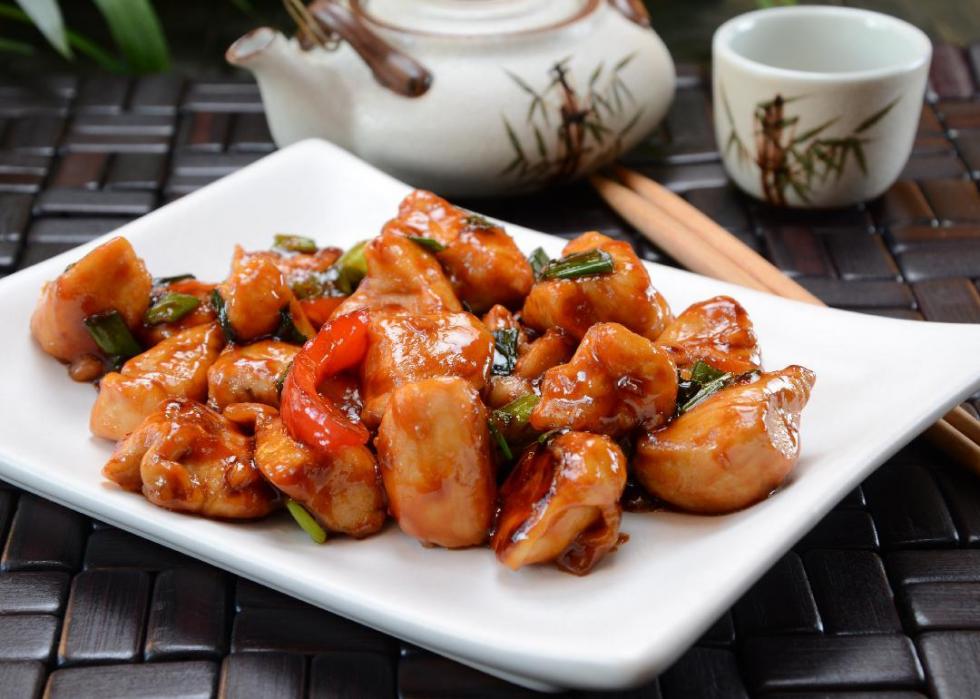
General Tso's chicken
General Tso's chicken is thought to be named after an actual Hunanese general. The dish was invented in Taiwan by a Hunanese chef, Peng Chang-kuei. After serving as a chef for the Chinese National Government, Peng Chang-kuei escaped to Taiwan after the revolution of 1949, where he continued his culinary escapades. In 1973, he moved to New York City and opened his first restaurant with his signature dish.
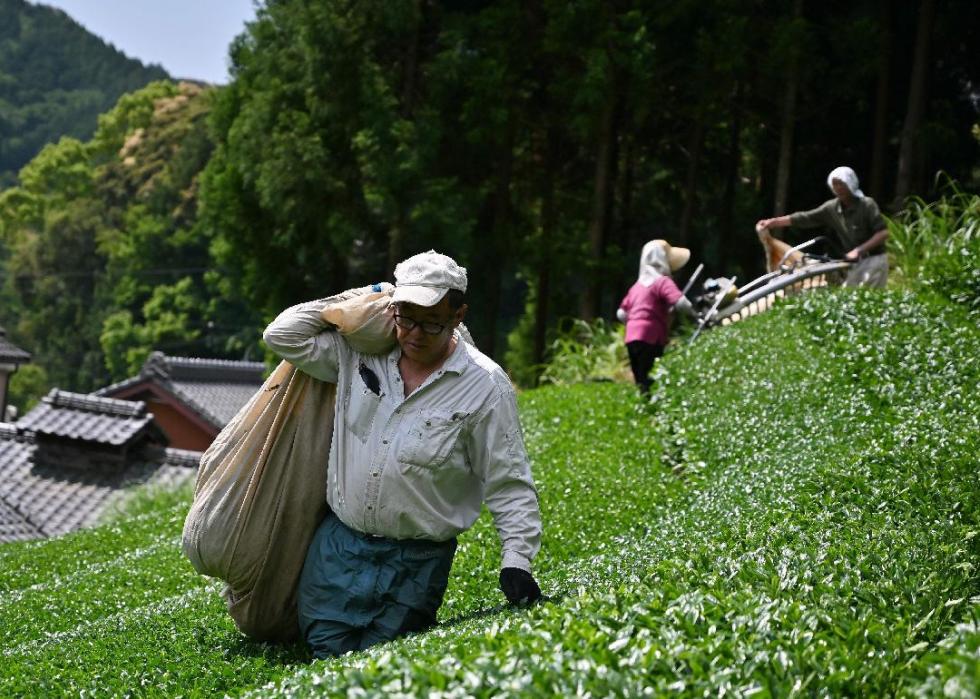
Matcha
Matcha dates back to the seventh century, specifically from the Tang Dynasty in China. But, many other dynasties and notable Asian figures can be credited for the innovation and continued popularity of this drink. Consuming the tea in powdered form as opposed to steaming dry leaves started with the Zen Buddhists in the 12th century. Today the ancient drink has been revitalized and commercialized for its health benefits. What hasn't translated to American culture is the traditional tea ceremony that often accompanies matcha consumption.
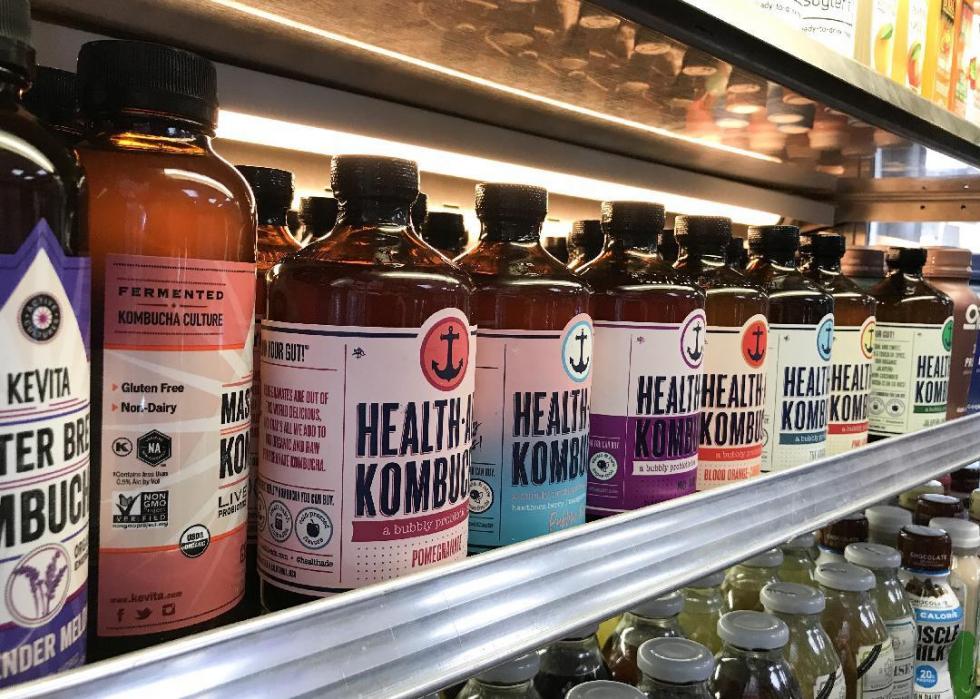
Kombucha
Kombucha is an ancient Chinese beverage known to many Americans as a flavorful, artisanal drink. It's a (mostly) non-alcoholic fermented tea that has many probiotic properties. Specifically from northeast China, the drink was brought to Europe through trade and then spread westward from there. Regulations placed by the Alcohol and Tobacco Tax and Trade Bureau have increased in the last decade because of the small levels of alcohol that can be present in kombucha as a byproduct of the fermentation. Still, the drink remains popular among health enthusiasts and those whose cultures first perfected this kind of fermentation.

Tahini
Tahini, found in Arab, Israeli, Turkish, Iranian, and even African cuisines, is a paste made from ground sesame seeds that is often used as an oil, dip, or spread. According to Mordor Intelligence, the global tahini market is expected to reach $1.46 billion by 2024. The trend today is using tahini as an alternate to nut spreads like almond butter. But historically, it's been used as a side dish or sauce for many Middle Eastern dishes.
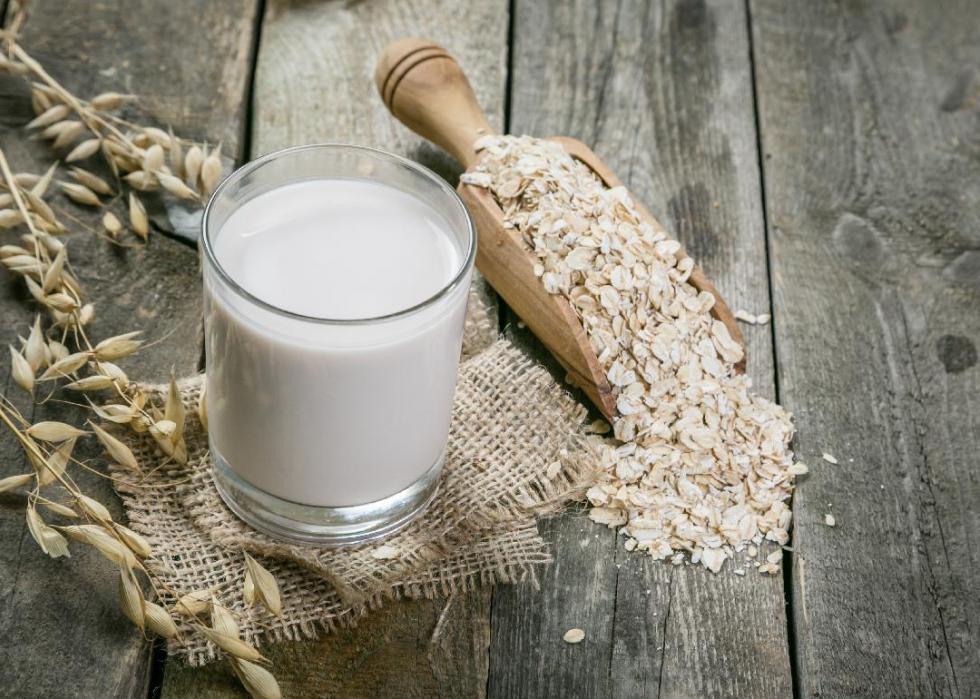
Oat milk
Mintel, a market intelligence agency, reports that non-dairy milk sales have grown by 61% over the past five years. Richard Oste, a food-science professor in Sweden, created what is thought to be the first oat-based plant beverage. Sweden is heavily invested in the dairy industry, with 4,800 dairy farmers who produce roughly 2.8 billion kg of milk per year.
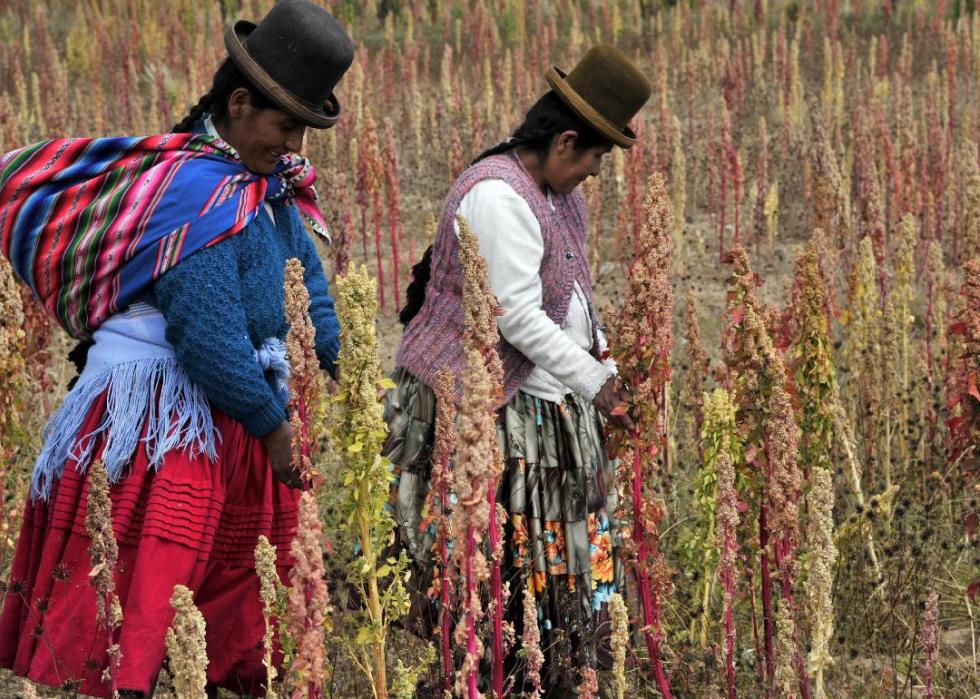
Quinoa
Quinoa has been a staple for the Inca and neighboring societies in Bolivia, Chile, and Peru for thousands of years. Sourced primarily from the Andes in South America, this seed—commonly mistaken for a grain—is still considered more than a trendy rice substitute for indigenous peoples in the Andean region. Quinoa wasn't introduced to the United States until the 1980s, when two farmers in Colorado began cultivating the domesticated plant product locally.
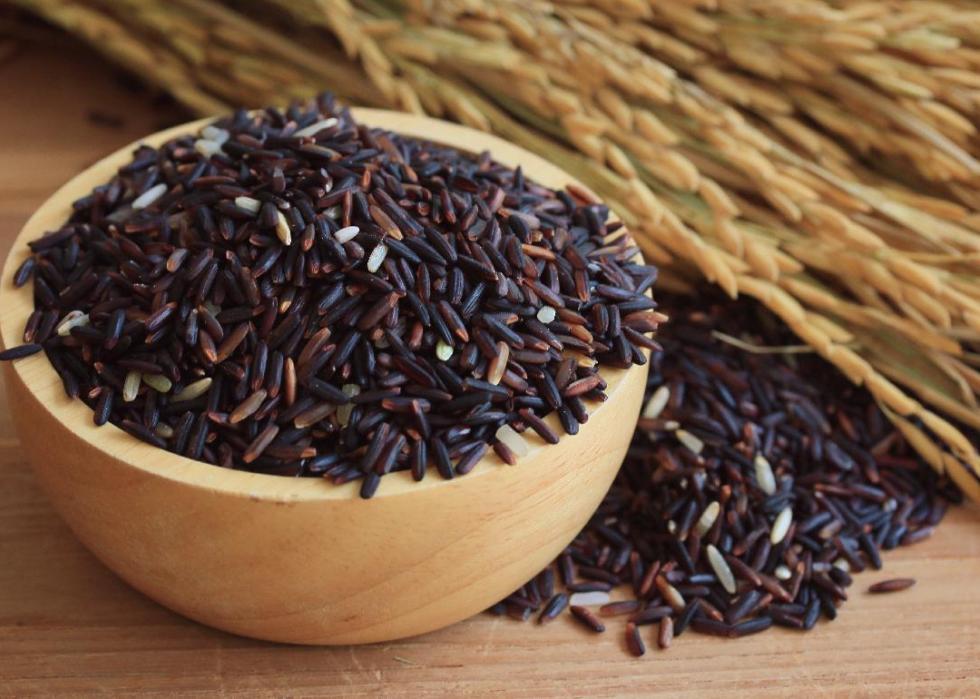
Forbidden rice
Colors are another point of attraction that fuels trends of otherwise basic things, and black rice is an obvious example. Also known as forbidden rice, the dish's black color results from anthocyanins, or antioxidant pigments. The name comes from the fact that this rice used to be strictly reserved for the Chinese emperor due to its high nutritional value and supposed benefits for longevity. Today, forbidden rice is seen as a healthier alternative to white rice.
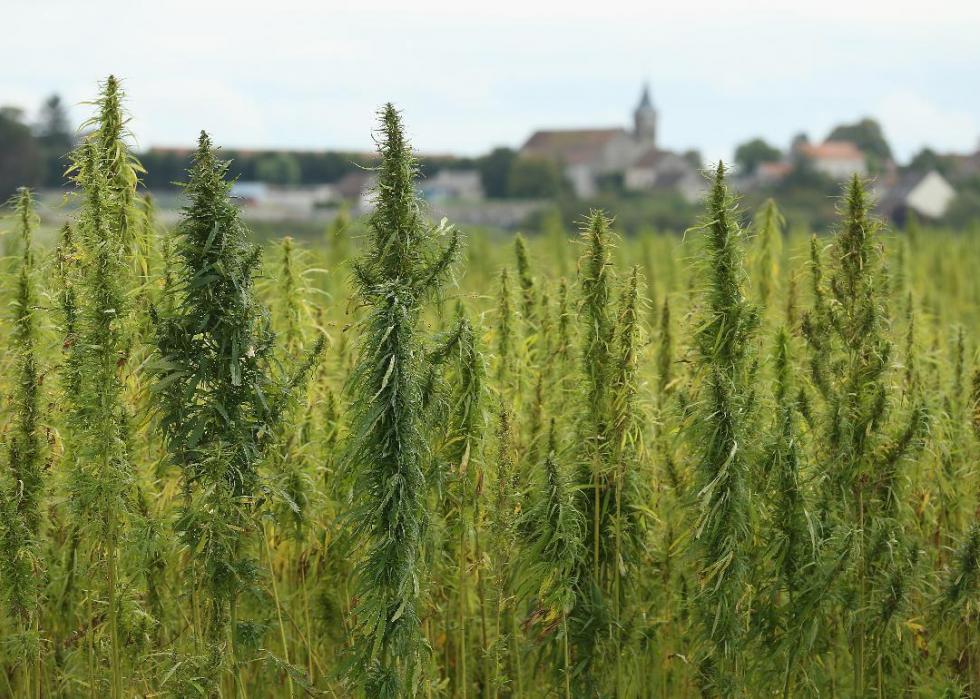
Hemp
Whole Foods Market announced the sale of hemp in non-oil form in 2019, but hemp use dates back thousands of years ago in ancient Mesopotamia. On its own, hemp is a fiber that is a non-psychoactive part of the cannabis sativa plant. This plant has an interesting local history, particularly in the 1700s, when some farmers in the U.S. were legally required to cultivate the product. Cultivation in the U.S. only recently became federally legal again. Today, hemp oil can be found in everything from granola to pastas.
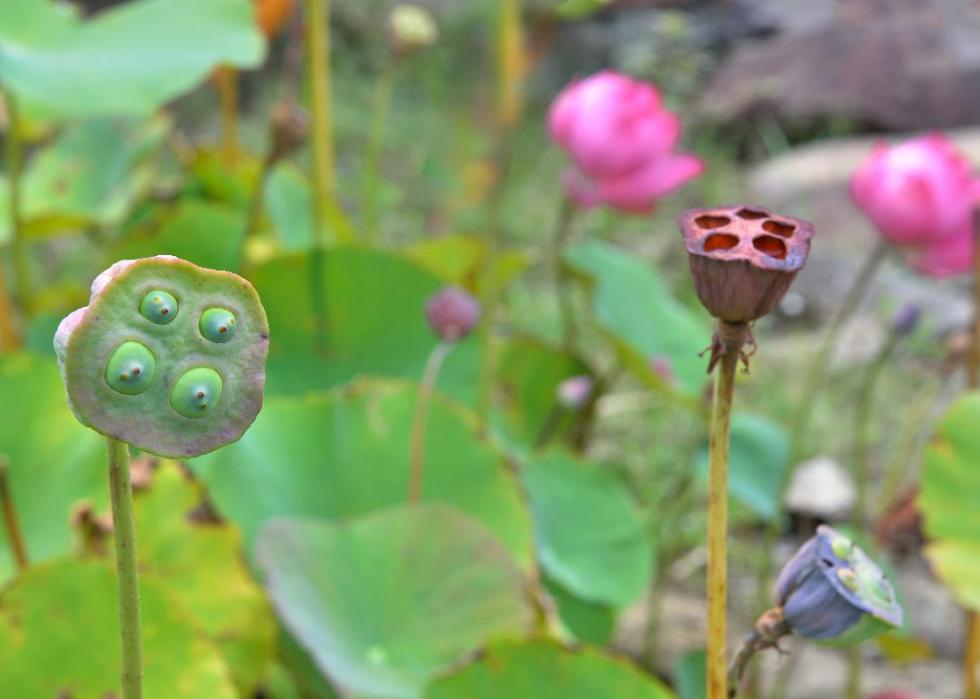
Water lily seeds
Popped water lily seeds were marketed as a better popcorn alternative by Whole Foods for sale in 2019. The snack is well known in India and readily consumed by all, but it's also associated with the Hindu festival Navratri and Ayurvedic medicine. The seeds are taken from water lily plants and then dried and roasted. In a unique instance where global appreciation has benefited the original culture of the food, economic incentive has revived the areas that cultivate most of the water lily seed products for the rest of the world.
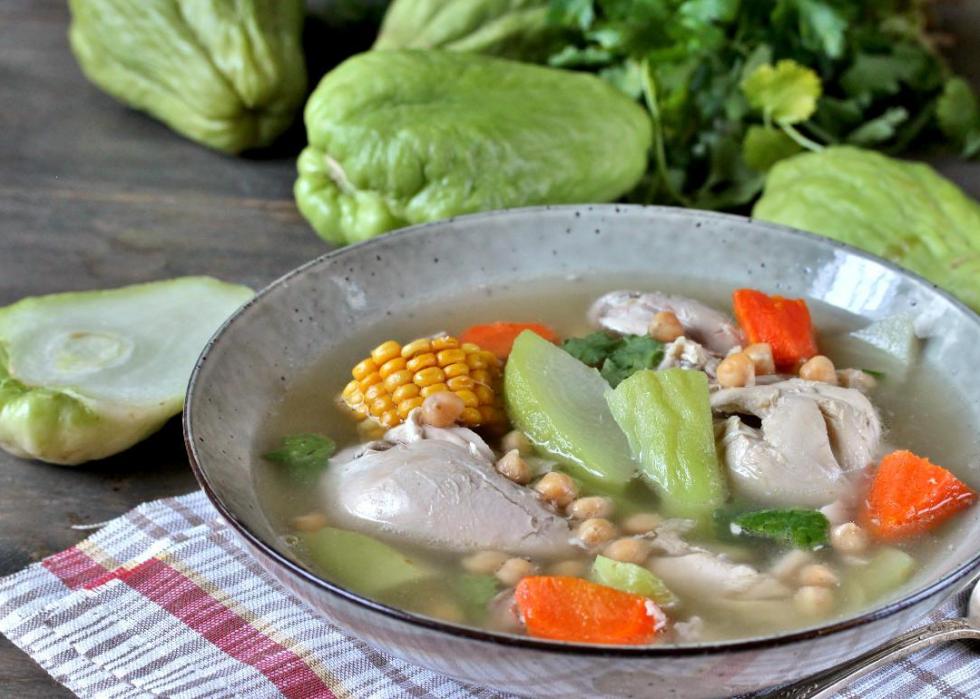
Chayote
Originally cultivated by the Aztecs in Central America, this squash-like vegetable was distributed around the world by European colonizers. Pinterest identified this as a food trend for 2019 for its versatile potential in soups, stews, salads, and more.
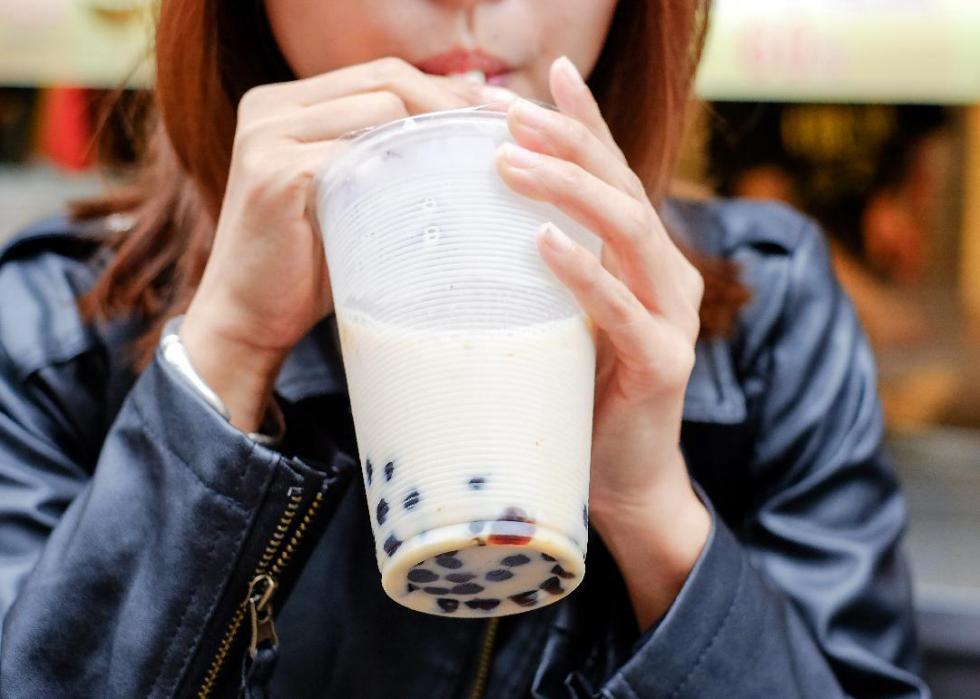
Boba tea
Boba, bubble tea, pearls, and tapioca are all names used interchangeably in the United States for this increasingly popular drink. Boba has roots in Taiwan from the 1980s. But even before then, the product itself, the cassava plant, was a staple in South America and was brought to Taiwan by Portuguese explorers. The term "boba" actually comes from the Chinese slang word for breasts, so the name was given to the black tapioca balls as a euphemism. But that meaning has become obsolete. Today, boba is simply known as a fun and tasty beverage that has a Taiwanese signature for decades.
You may also like: Superfoods that have been used by other cultures for generations



